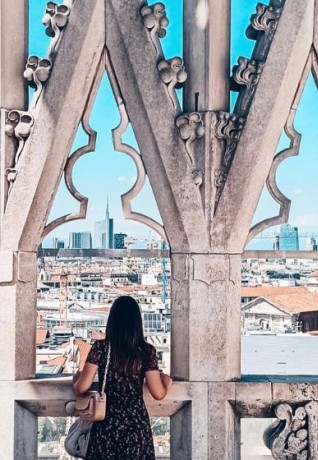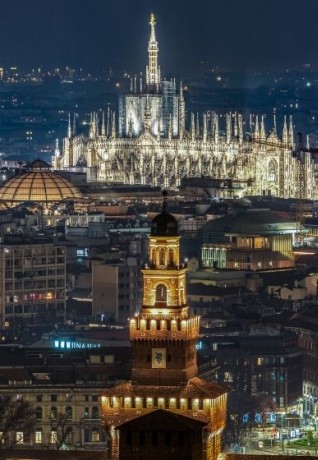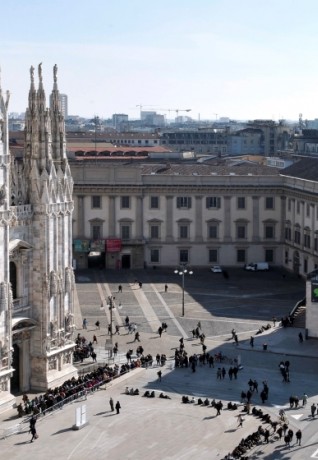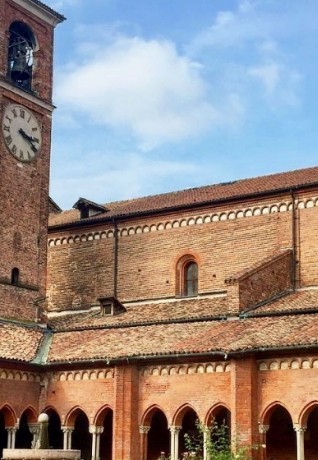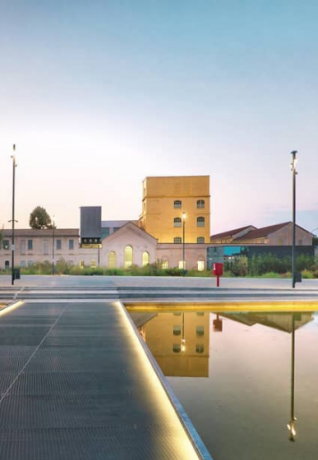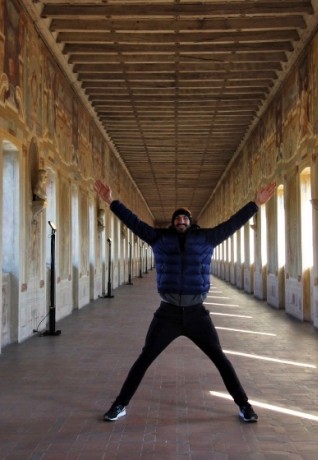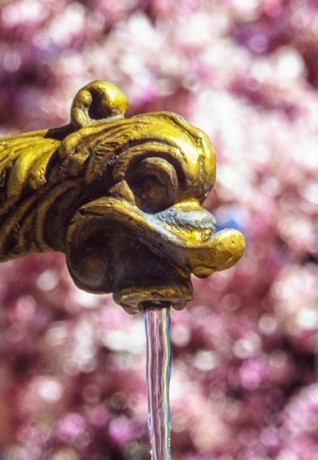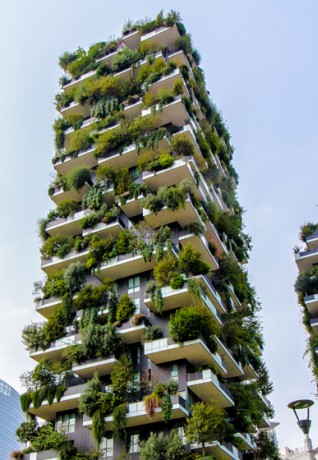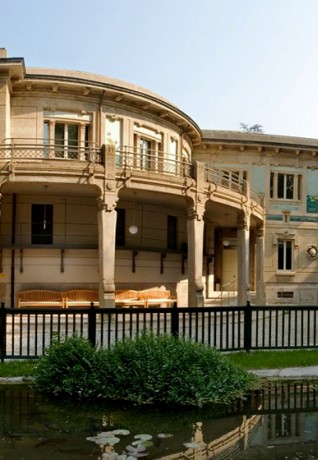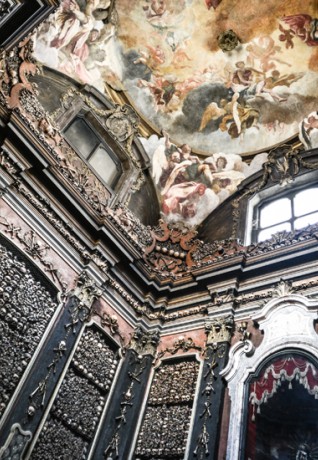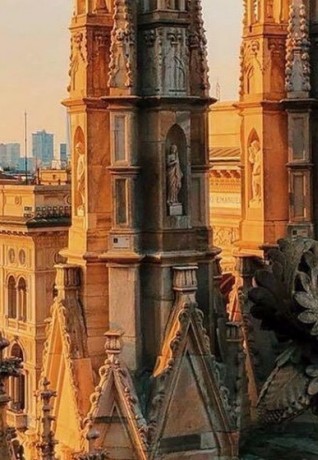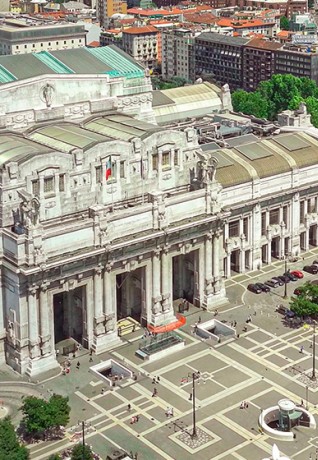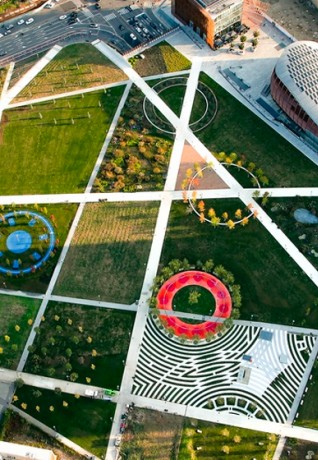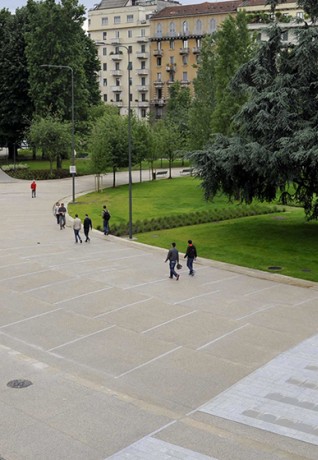Milano in color
A city tour in search of the most colorful places
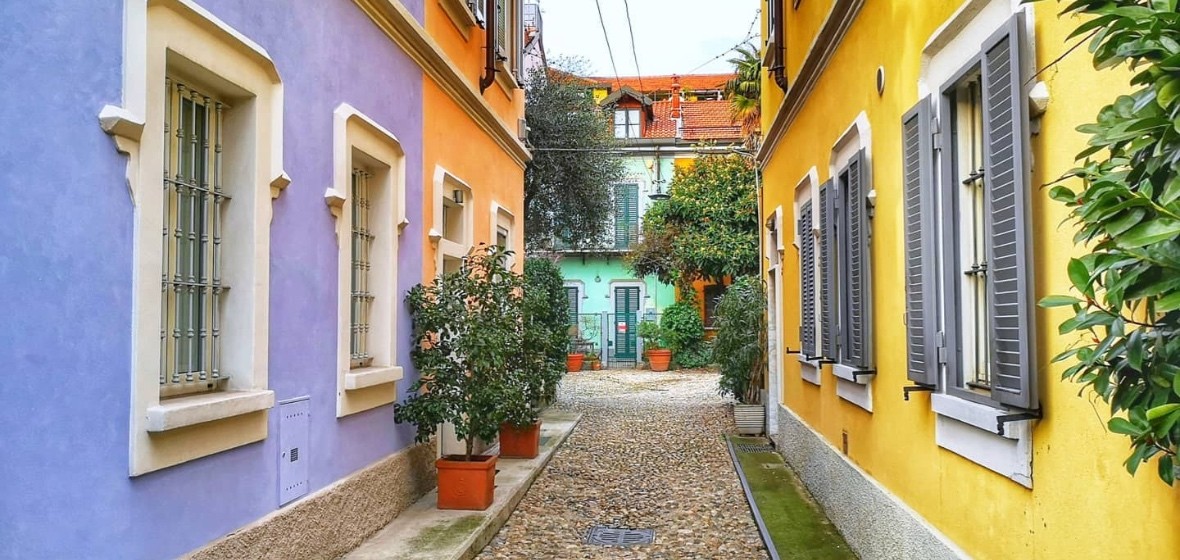
Gray city? Rainbow city! Elegant, never brash, Milano is full of color and nuances. Just wander around its neighborhoods and you can notice it. The brightly colored homes of via Lincoln, the pastel palette of the Brera district, the multicolored walls of the Ortica industrial neighborhood and the many works of street art: here is a tour among the most colorful places in Milano, to dispel (at least in part) one of the most long-standing prejudices about the city.
Lilac, yellow, pink, blue and mint green: the houses of Via Lincoln, a former workers' village and now known as the rainbow district, are all of different colors. You will see flowered balconies, gardens appearing from the gates. And you hardly even feel like you are in Milano. In fact, Via Lincoln has been nicknamed the "Milanese Burano". It is a small private street near the city center, less than 500 meters from Piazza Cinque Giornate and a few steps from the many restaurants and clubs that fill Via Sottocorno and Viale Premuda, and the area around Piazza Risorgimento.
A floral wall to remember the vegetable gardens that in the past characterized the village. And red tulips, a symbol of peace, not to forget the victims of the world wars. The wall painting covering Via Ortica 12 is one of the 20 largest urban works of art in Italy, created with the OR.ME Ortica Memoria project, which have turned the neighborhood an open-air public art museum. And made Ortica one of the most colorful places in Milano. But Ortica is more than street art, it has a special place in Milano’s popular imagination.
Retro balconies, pastel-colored houses and streets where there is attention for every detail, including cafés, shops, florists: Brera means art and color. There is the unmissable Brera Art Museum (Pinacoteca di Brera) with the homonymous Botanical Garden. The most colorful corner where to take the photo? Head to Via della Madonnina.
It can be seen immediately from the street and catches the eye as soon as you enter the courtyard of the Fondazione Prada, in Largo Isarco, in the Porta Romana District. Between the white, black and concrete gray of the former industrial complex, completely redeveloped by the architectural firm OMA, you will see the "Haunted House" glistening, entirely covered in gold leaf. It is a sign, a provocation, to focus attention on the hidden wealth of this area of the city. Once brandy was distilled here, now it is culture. With art, sophistication and style.
Among the eminently instagrammable places in Milano there is the hypercolorful ambient of Bar Luce, designed by US director Wes Anderson and dressed in the colors of the Economic Miracle, who presented his film The French Dispatch right here.
Milan is said to be gray, but in fact one of the most widespread colors in the city is yellow. A chromatic nuance that you will notice especially characterize the walls of the old tenement houses of early 20th-century Milano, but also historic buildings like the Sormani Library or Pio Albergo Trivulzio. Take a tour of Isola or the streets around the Navigli: you will have confirmation.
Milano has changed. Its aim is to be increasingly sustainable. A number of projects are making it more pedestrian- and bicycle-friendly, while green areas and parks are expanding and 3 million trees are in the process of being planted. The Vertical Forest is a symbol of al this, the green skyscraper full of vegetation that towers over the Library of the Trees - BAM, the park straddling the Porta Nuova and Isola neighborhoods. Find out how the façade of Bosco Verticale changes its appearance in each season: blooming in spring, bright green in summer, while in autumn, there are the warm colors of the foliage.
The squares of Milano are changing, with a splash of color. Each colored piazza has its own identity, like the neighborhood hosting it. In NoLo, ping pong is played on a stone table erected on Piazza Arcobalena, formerly Piazza Spoleto, which has its floor decorated in yellow and blue squares and benches and planters for the new pedestrian zone in the heart of this alternative neighborhood. While the turf of the basketball court in Piazza Tirana, in the heart of proletarian Giambellino, has been turned into a huge mural.
Okay, we cannot deny it. Milano also has all the shades of gray. You will notice it especially on rainy days when Duomo’s pinkish whiteness gets darkened to gray, or when during the cold season a shroud of fog falls on the city (it happen again, from time to time) and a patina of gray softens all the other color shades. But it's an elegant, resilient and inclusive halftone. Timeless and trendy. It must never taken for granted, just like Milano. After all, even the arch-Milanese stylist Giorgio Armani, inspired by the infinite variations of gray of his city, made it the distinctive color of his collections: it must mean something, right?

 Log in
Log in



